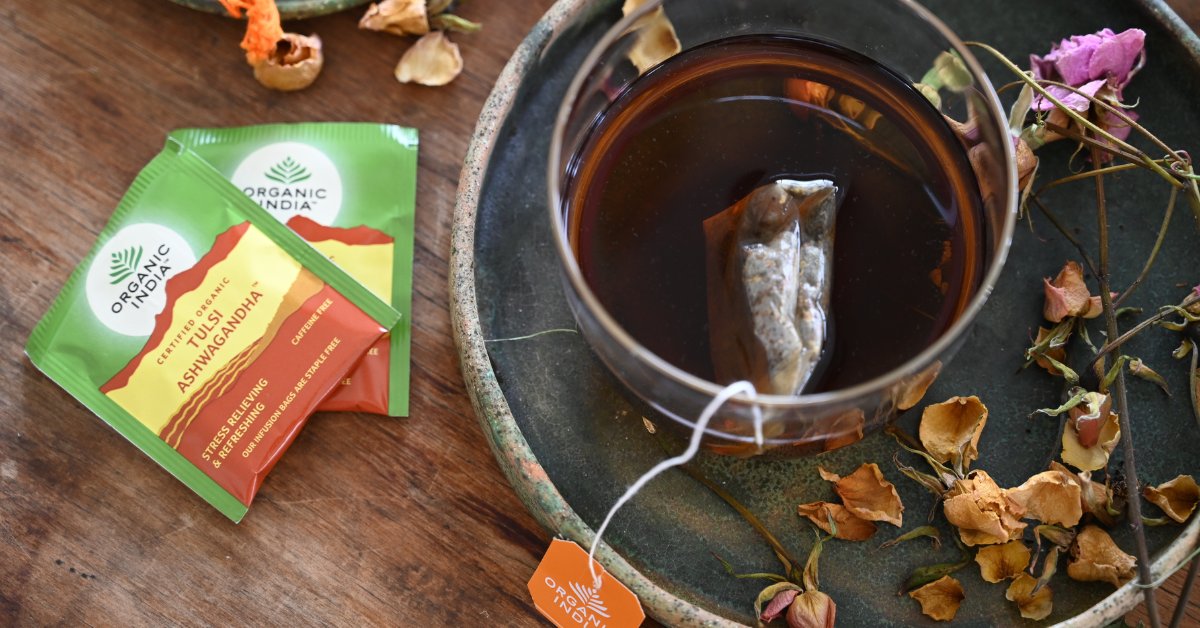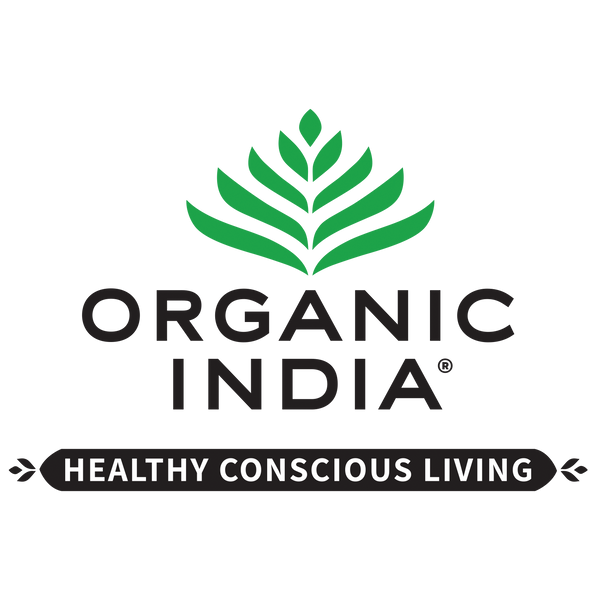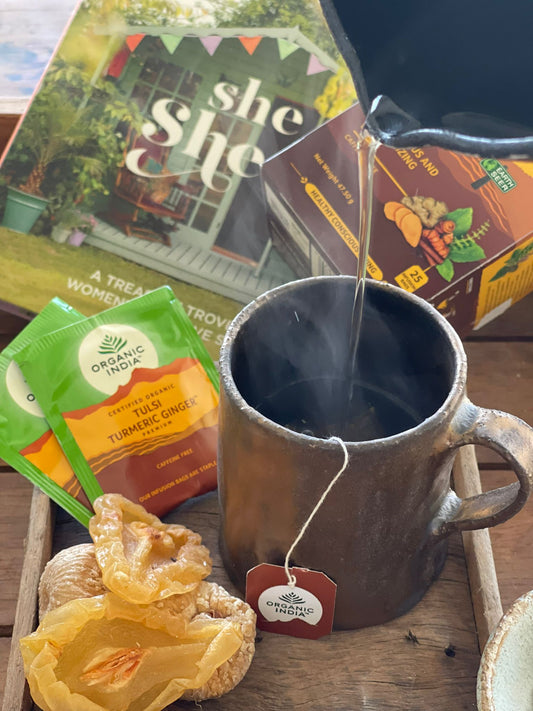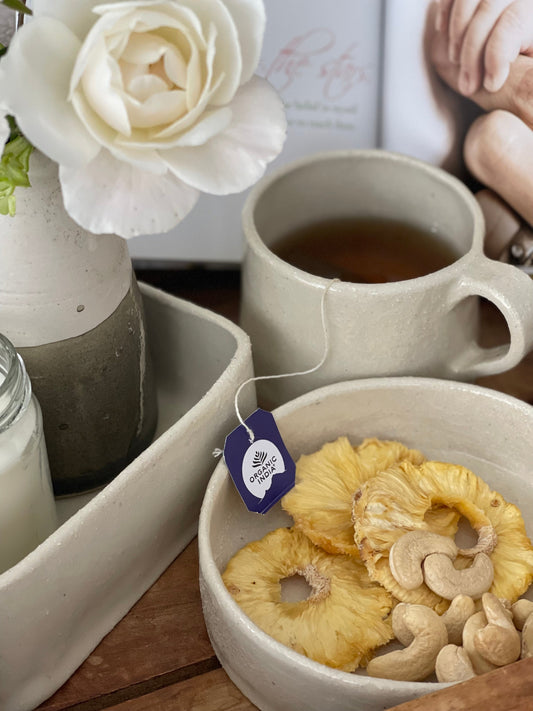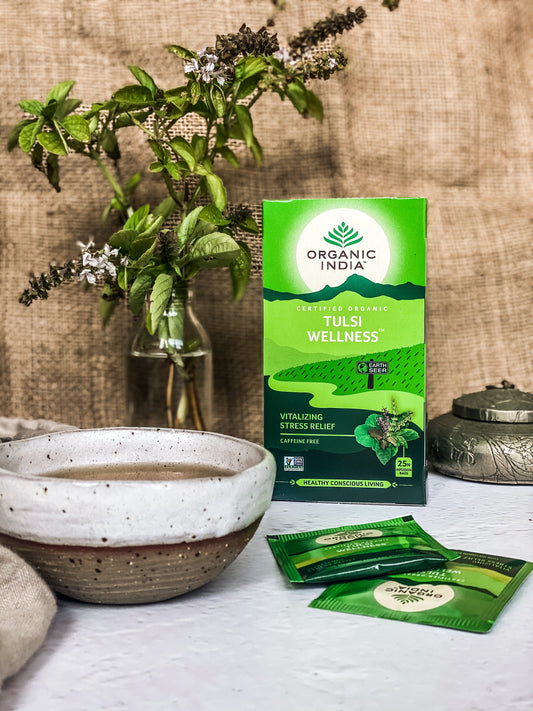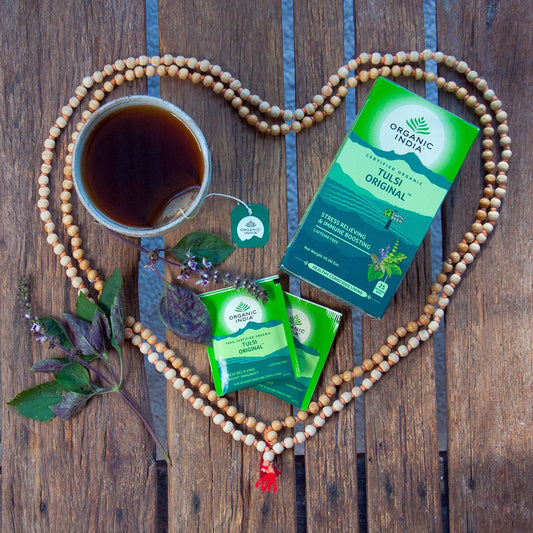Cinnamon has been used for thousands of years, not only for the unique flavour that it brings to dishes, but for its abundant health benefits. Curious to learn more about how this savoury spice can benefit you? Here are some of the most frequently asked questions about cinnamon:
What is Cinnamon?
It’s no secret that cinnamon is a spice commonly used around the world. What many people don’t know is that cinnamon actually comes from the inner bark of several trees from the genus Cinnamomum.
Cinnamon has a woody yet sweet flavour and usually comes in stick or ground powder form. There are two types of cinnamon – Ceylon cinnamon and Cassia cinnamon – which we will discuss in a moment!
What is the History of Cinnamon?
Cinnamon has a history as rich as it’s unique flavour! The Chinese botanical textbooks mentioned it as early as 2700 B.C., and it is frequently mentioned throughout the bible.
Cinnamon was valued so highly among various ancient civilisations that it was viewed as a gift fit for gods and monarchs. The Greeks are said to have used it to flavour wine while the Egyptians used it for aromatic burning.
Around 1518, Portuguese traders discovered cinnamon at Ceylon (Sri Lanka), conquered its kingdom of Kotto and gained control of the cinnamon trade for nearly a century. This lasted until the Ceylon kingdom of Kandy allied with the Dutch in 1683.
Ceylon was taken over by the British in 1784, but by then cinnamon was being cultivated in other parts of the world. It was no longer considered a rare commodity due to the fact that other varieties of cinnamon were being sold to people who loved the sweet, rich flavour.
How is Cinnamon Used?
Cinnamon can be used in a variety of ways, mainly in cooking. It is considered a staple spice in many baked good recipes and it is often used in hot drinks including coffees, teas, and even cocktails.
Cinnamon can also be taken for its amazing health benefits.
What are the Health Benefits of Cinnamon?
Cinnamon has been studied for its antioxidant properties and positive effect on supporting proper digestion, namely due to its warming properties. In the Vedic tradition, Cinnamon is a warming herb with sweet, pungent, and bitter rasas (tastes). Ayurveda uses Cinnamon as an addition to herbal churnas (mixtures of herbs that are intended to balance an individual’s constitution), that promote nutrient assimilation and disguise the taste of less palatable herbs.
In Ayurveda, cinnamon is thought to strengthen agni, which is described as an individual’s digestive fire and strength and ability to assimilate life experiences meaningfully.
Are there Different Types of Cinnamon?
Ceylon vs. Cassia
Ceylon cinnamon grows in Madagascar, Sri Lanka, and the Seychelles, where Cassia cinnamon comes from China and Indonesia. Ceylon is often considered “the real deal” and tends to be more expensive. That’s why Cassia is what you will traditionally find on the shelves at your local supermarket.
ORGANIC INDIA only uses Ceylon cinnamon, which is known as True Indian Cinnamon or True Cinnamon. This means it has a sweeter and more delicate flavour than its rival, Cassia.
How Can You Tell the Difference Between the Two?
Ceylon will be brighter in colour, have a lighter taste, and will be less spicy.
How Can I Incorporate Cinnamon into my Daily Routine?
You can add cinnamon to your foods or even drink it in a few of ORGANIC INDIA’s Tulsi teas such as Tulsi Cinnamon Rose, Tulsi Masala Chai, Tulsi Turmeric Ginger and more. The possibilities are endless!
